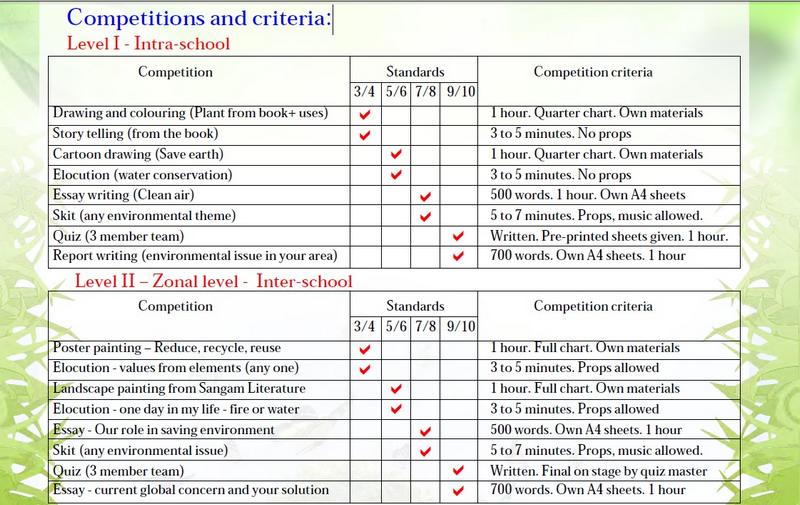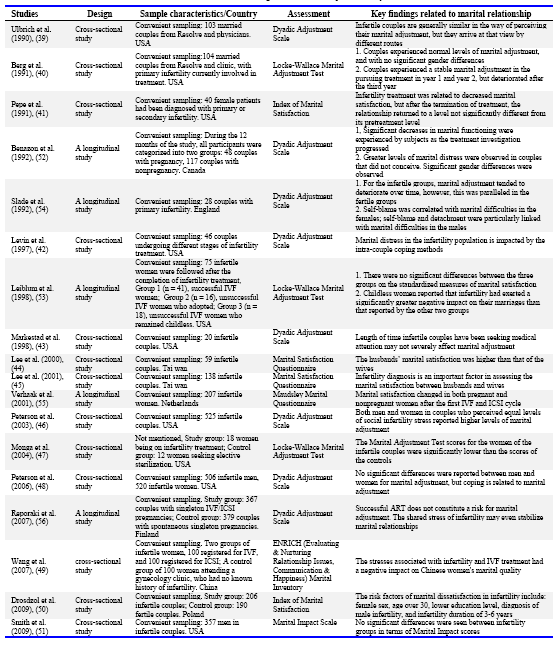NOAA researchers model risk of Asian carp invasion in Lake.
Common carp are one of Minnesota’s most ubiquitous invasive species, but researchers at MAISRC have made significant strides toward controlling them. These accomplishments show that success with invasive species is possible. All species have weaknesses that can be targeted for control, we just have to look closely to find them.According to EPA records, no silver or black carp have been found in any of the five Great Lakes. The Asian carp were declared an invasive species under the Lacey Act in 2007. An invasive species is a species that is non-native to the land and affects the habitats to cause damage to the ecosystem or economic system of the area.The search for evidence of Asian carps comprises a major part of Fisheries and Oceans Canada’s efforts to combat this invasive species. In addition to traditional electrofishing and new sampling techniques, U.S. and Canadian researchers are currently exploring the results of environmental DNA (eDNA) testing (Great Lakes eDNA Monitoring Program), for its use in Asian carp surveillance.
Asian carp have been farmed in China for over 1,000 years, serving as an ancient food staple throughout Asia. Asian carp were brought to the United Sates in the 60s and 70s for use in government agency and academic research, and in sewage treatment plants; and as a biological control for algae, plants and snails in aquaculture.This paper presents Asian carp as a major invasive species that stresses the lakes. The paper has discussed what Asian carp are, how they found their way in the lakes, the government concern about them, costs associated with taking action against them, the cost of neglecting their invasion, and economic and political entities with a stake in the issue.

The four types of Asian carp currently found in the U.S. were imported into the country for use in aquaculture ponds. Through flooding and accidental releases, black, grass, bighead and silver carps found their way into the Mississippi River system. The Mississippi River system is like a giant freshwater highway that has given invasive Asian.





.jpg)






